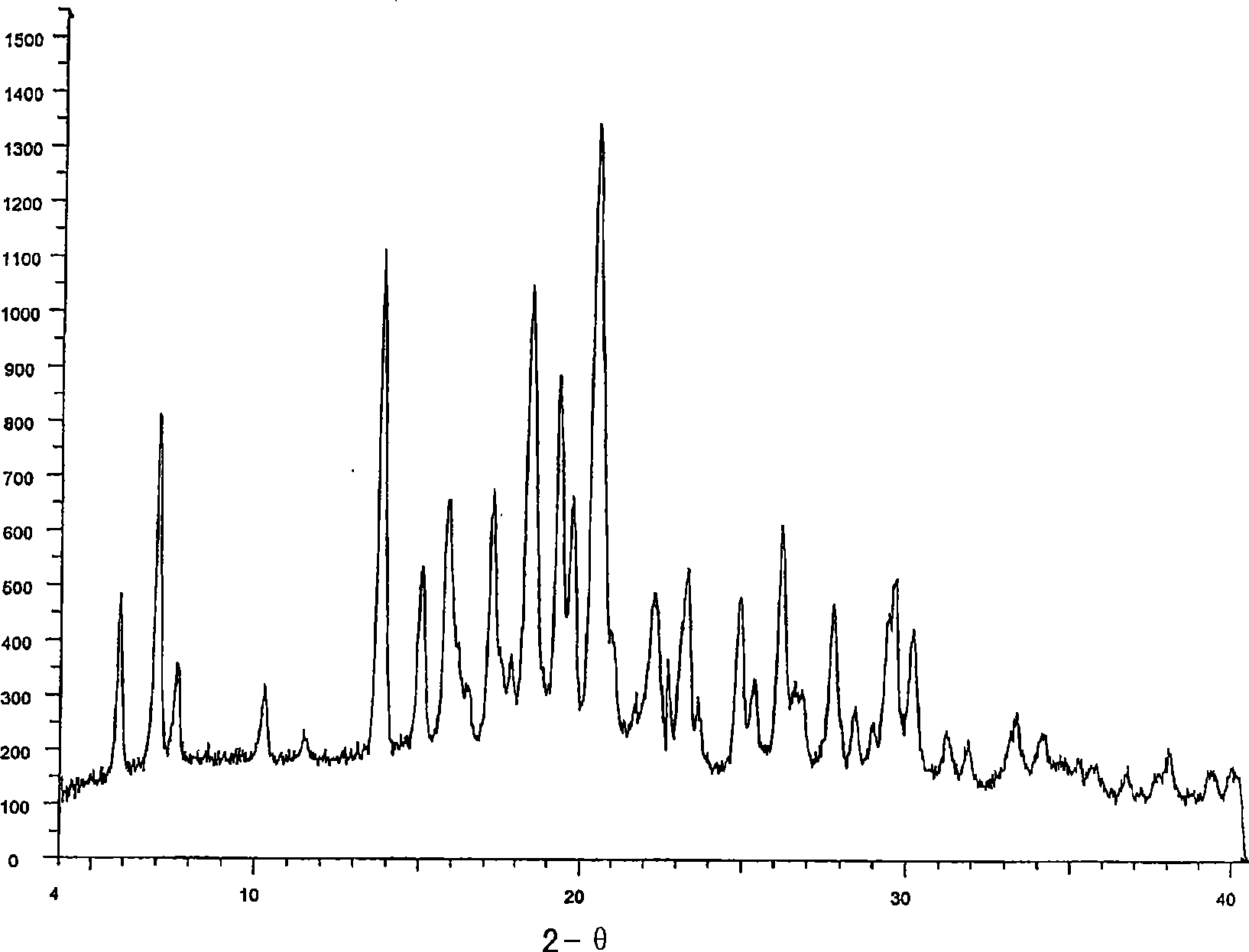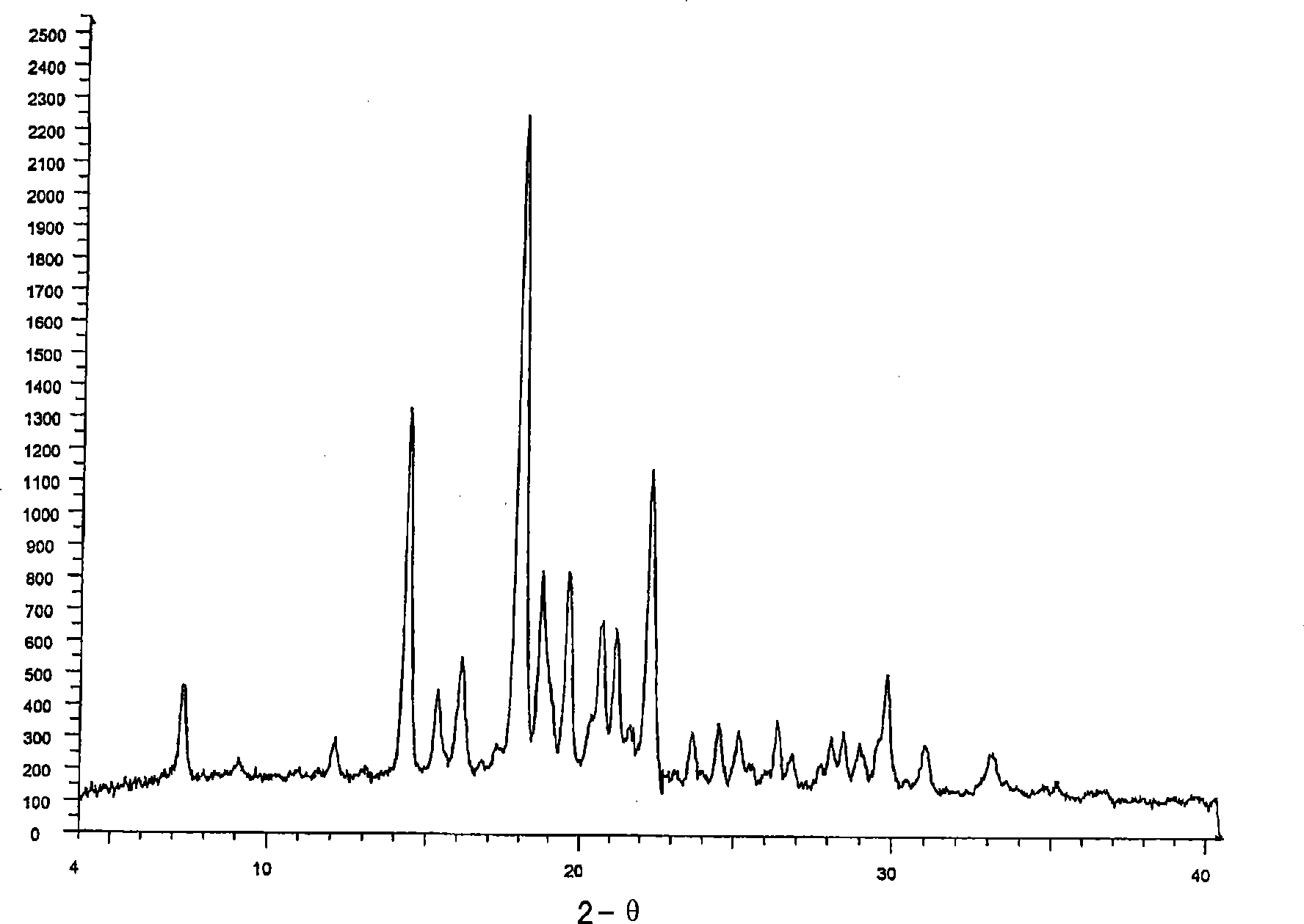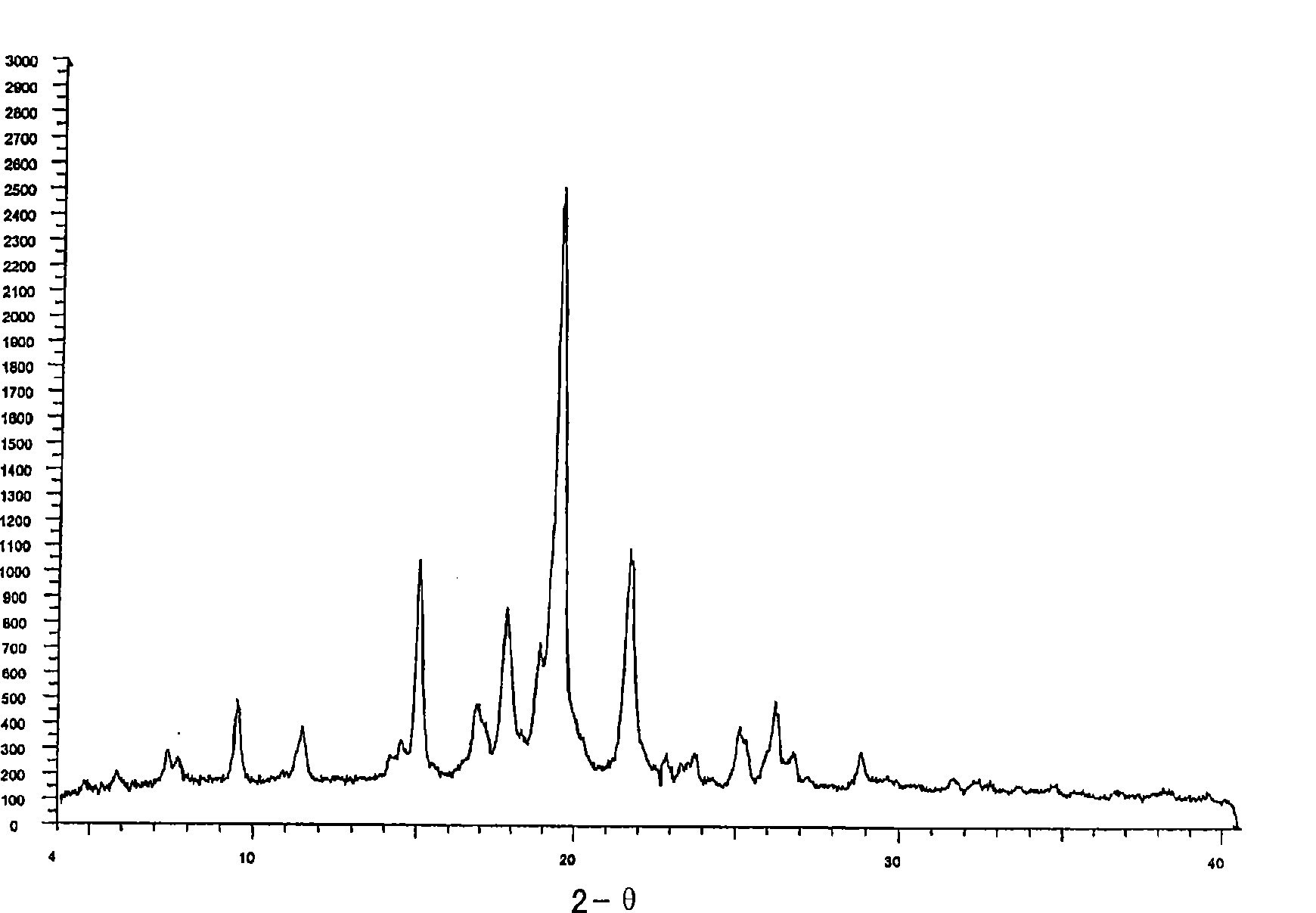Pyrazole derivatives as cytochrome P450 inhibitors
A compound, R15 technology, applied in antiviral agents, medical preparations containing active ingredients, organic chemistry, etc., can solve problems such as side effects and metabolic side effects
- Summary
- Abstract
- Description
- Claims
- Application Information
AI Technical Summary
Problems solved by technology
Method used
Image
Examples
Embodiment 1
[0532] Example 1: 4-[5-(4-fluorobenzyl)-1H-pyrazol-3-yl]pyridine
[0533]
[0534] With mechanical stirring, thermocouple and N 2 THF (6.0 L), methyl isonicotinate (259.1 g, 1.89 mol) and 4-fluorophenylacetone (287.5 g, 1.89 mol) were added to a 22-liter three-necked round-bottom flask of the reflux condenser of the inlet adapter. Sodium methoxide (204.3 g, 3.78 mol) was added portionwise. There was a slight exotherm upon addition of sodium methoxide. The reaction mixture turned orange and was heated to reflux for 2 hours. After 2 hours, LC-MS confirmed the absence of methyl isonicotinate and the formation of β-diketone. After the addition of ethanol (6 L) and acetic acid (380 mL), the temperature of the reaction mixture dropped to 45 °C. The reflux condenser was then replaced with a dropping funnel, and hydrazine (387 g, 6.0 mol) was added dropwise. During the dropwise addition, the reaction temperature rose to 60°C. Then, the reaction mixture was stirred slowly ov...
Embodiment 2
[0535] Example 2: Methyl [5-(4-fluorobenzyl)-3-pyridin-4-yl-1H-pyrazol-1-yl]acetate
[0536]
[0537] In the installation with mechanical stirring, with thermocouple and N 2 Add THF (10L) and 4-[5-(4-fluorobenzyl)-1H-pyrazol-3-yl] to a 22-liter three-necked round-bottomed flask with a Claisen adapter for the inlet adapter and a 250ml dropping funnel Pyridine (385.5 g, 1.52 mol). The resulting solution was cooled to 5°C in a water / ice / salt bath. Sodium hydride (60% dispersion in mineral oil, 66.9 g, 1.67 mol) was then added in portions so that the internal temperature did not exceed 15°C. The resulting red mixture was stirred at 5°C for 1.5 hours. Then methyl bromoacetate (254 g, 1.67 mol) was added dropwise at a rate such that the temperature would not exceed 15°C. The mixture was then allowed to slowly come to room temperature overnight. The mixture was then filtered through celite, and the celite was washed with ethyl acetate. Most of the THF was removed by rotary...
Embodiment 3
[0538] Example 3: [5-(4-fluorobenzyl)-3-pyridin-4-yl-1H-pyrazol-1-yl]acetic acid
[0539]
[0540] Add [5-(4-fluorobenzyl)-3-pyridin-4-yl-1H-pyrazol-1-yl]methyl acetate (235g, 0.72mol ), THF (3.5L), methanol (1.2L) and 2M LiOH (1.2L). The resulting solution was stirred at room temperature for 1.5 hours. After LC-MS confirmed the absence of starting material, most of the THF was removed by rotary evaporation. The solution was then acidified with 2M HCl (pH=3), and the white precipitate was filtered and washed with water. After drying under reduced pressure, 210 g (93%) of the title compound were obtained. 1 H NMR (400MHz, DMSO-D6) δ ppm 8.53(d, 2H), 7.68(d, 2H), 7.31(t, 2H), 7.14(t, 2H), 6.57(s, 1H), 5.00(s, 2H), 4.01(s, 2H); C 17 h 14 N 3 o 2 The m / z(APCI+) of F is 312.2(M+H) + .
PUM
 Login to View More
Login to View More Abstract
Description
Claims
Application Information
 Login to View More
Login to View More - R&D Engineer
- R&D Manager
- IP Professional
- Industry Leading Data Capabilities
- Powerful AI technology
- Patent DNA Extraction
Browse by: Latest US Patents, China's latest patents, Technical Efficacy Thesaurus, Application Domain, Technology Topic, Popular Technical Reports.
© 2024 PatSnap. All rights reserved.Legal|Privacy policy|Modern Slavery Act Transparency Statement|Sitemap|About US| Contact US: help@patsnap.com










